Lesson Five – Chapter Writing
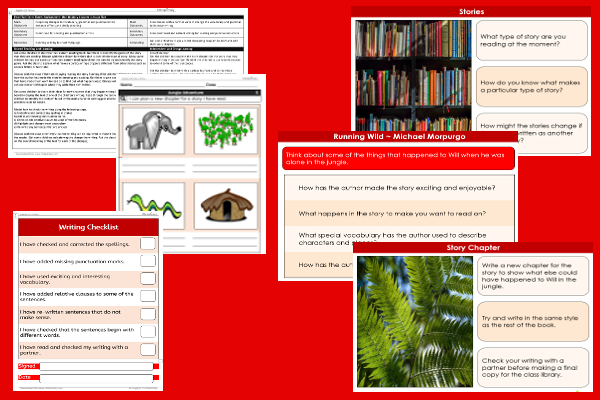
This English teaching pack for Key Stage Two gets the children to compose and edit an additional chapter for an adventure story to match the narrative structure and writing style of a significant author.
The class can practise extending sentences in their writing using relative clauses to add more information about the sentence subjects to illustrate what could happen to the characters.
Download this teaching pack including a lesson plan, classroom activities and an interactive presentation to compose and edit an additional chapter for an adventure story to match the narrative structure and writing style of a significant author
Activities in this teaching pack include a template for support ability levels to storyboard an additional chapter to an adventure story using illustrations and sentences and a worksheet to proof read writing to correct errors and omissions so that it matches the structure and writing style of a significant author.
The interactive presentation gets the children to explore how to compose and edit an additional chapter to story to match the structure and writing style of a significant author.
This lesson is part of an English scheme of work to get the children to plan and write an extra chapter for an adventure story by a significant author, practise spelling words with tious and cious endings and extend sentences using relative clauses. There are teaching activities for shared learning, differentiated worksheets to support independent learning and interactive presentations to introduce concepts and key skills.
-
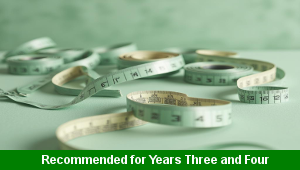
Length Calculations
Practise using number calculations skills for addition, subtraction, division and multiplication when solving problems related to length measurements
-
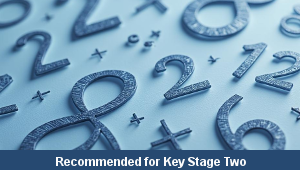
Maths Calculations Assessment
Assess abilities in solving a range of different number problems for addition and subtraction when working with informal and formal written calculations
-
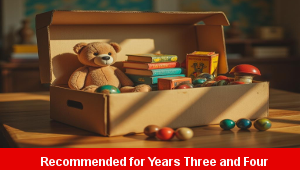
Determinant Lists
Explain and model how to make lists of objects used and found in different locations to match the correct determinants of a and an
-
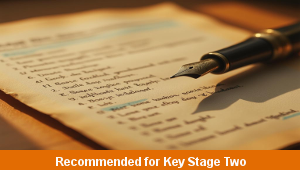
English SPAG Assessment
Assess abilities in composing sentences for fiction and non-fiction using the correct spellings, punctuation marks and grammar vocabulary phrases
